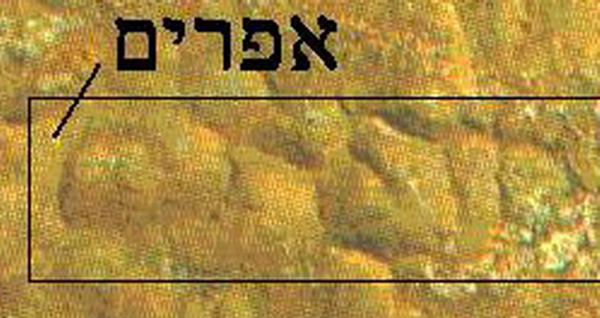| Site Contents by Subject |
Home Research Revelation Reconciliation |
|
Publications |
Site Map Contents in Alphabetical Order |
This Site |
|
Introduction.
William Borlase wrote a comprehensive work on the dolmens of Ireland. Borlase wrote before the era of carbon dating and other modern procedures. Indications are that these dating procedures are often incorrect. They may have done more harm to revealing what really happened in the past than help. Much of the present-day conceptions concerning Megalithic Monuments will need to be re-thought and re-written. The work of Borlase may well still be pertinent.
William Borlase undertook a thorough research work on the dolmens of Ireland. Incidentally he also examined megalithic finds all over the world. Based on his findings Borlase concluded that dolmens in Ireland had been all constructed by one single ethnic group whose activities had continued from the Stone Age right up to and then into the Christian Era.
Contrary to Borlase,
New findings now indicate that in Europe the so-called Neolithic (New Stone Ages) did not exist as a separate era but was co-eval with the Bronze and Iron Ages.
Our understanding of Biblical Passages along with archaeological findings shows that certain megalithic dolmen-type monuments had been set up by the Ancient Israelites in the Land of Israel. Ten out of the original Twelve Israelite Tribes were exiled and lost their identity. They became known as the Lost Ten Tribes. They migrated in stages to Western Europe amongst whose peoples and their overseas offshoots are to be found their descendants today.
In their places of eventual settlement and along their migratory routes are to be found megalithic monuments of the same type as those that may be attributed to the Israelites. These prove their Places of origin in the Ancient Israelite Area.
The Prophet Jeremiah (31:21) predicted that this is what they would do and that they would set up such signs of their origin. He indicated that in the End Times they would be enabled to use these monuments as proof of their ancestry.
This would enable them to return.
See:
Dolmens and the Bible.
http://www.britam.org/Proof/Attributes/roleDolmen.html
In the article below we quote verbatim from Borlase who described in detail parallels between the monuments of Ancient Ireland and those of what he calls "Syria" meaning in effect the general area of Ancient Israel. He also describes similar customs associated with these monuments and practiced ion both "Syria" and Ireland by the "native" inhabitants.
We hope at a later date to supplement this article with relevant illustrations.
Israel-Syria-Ireland in Megalithic Parallelism


